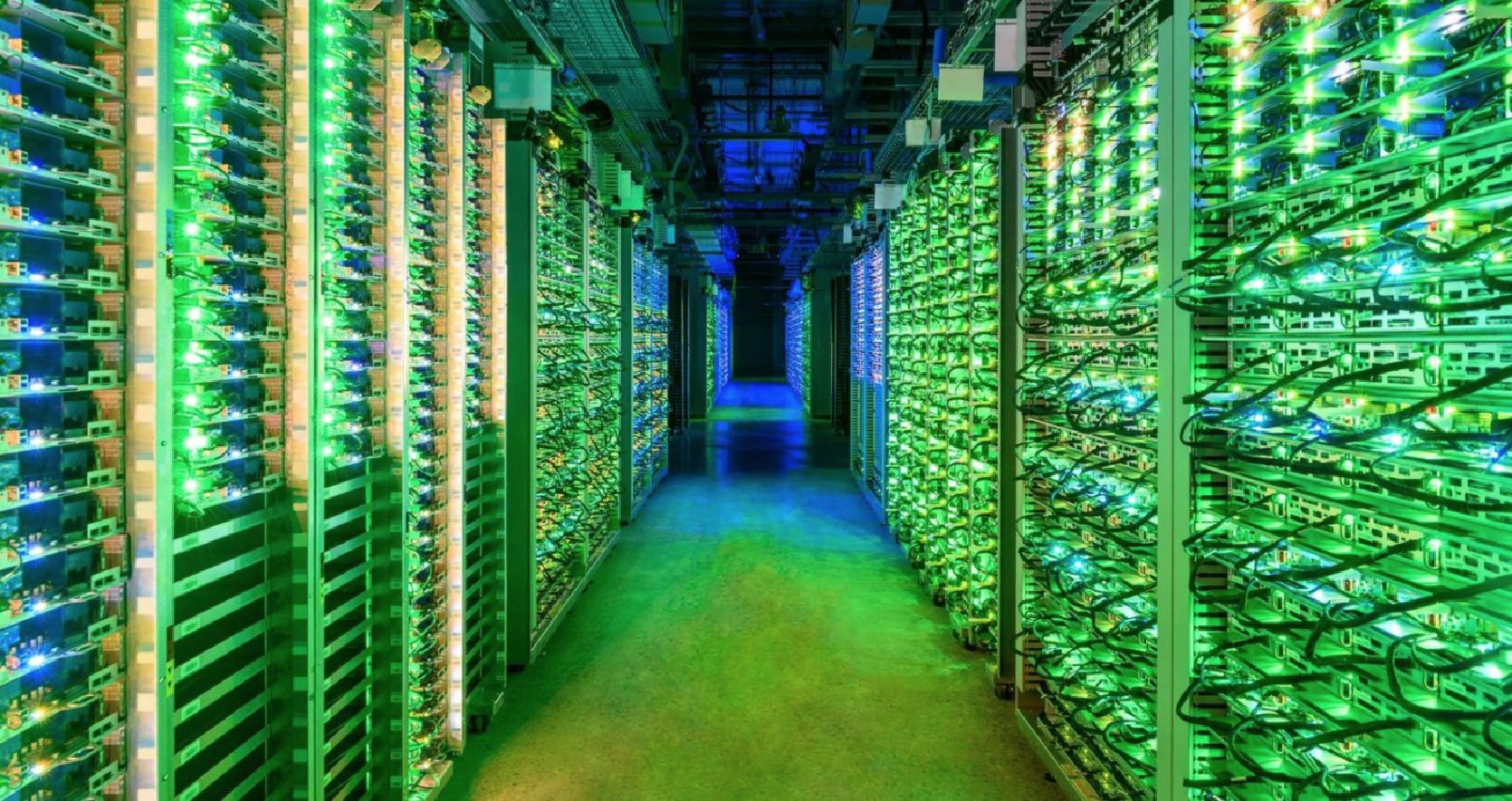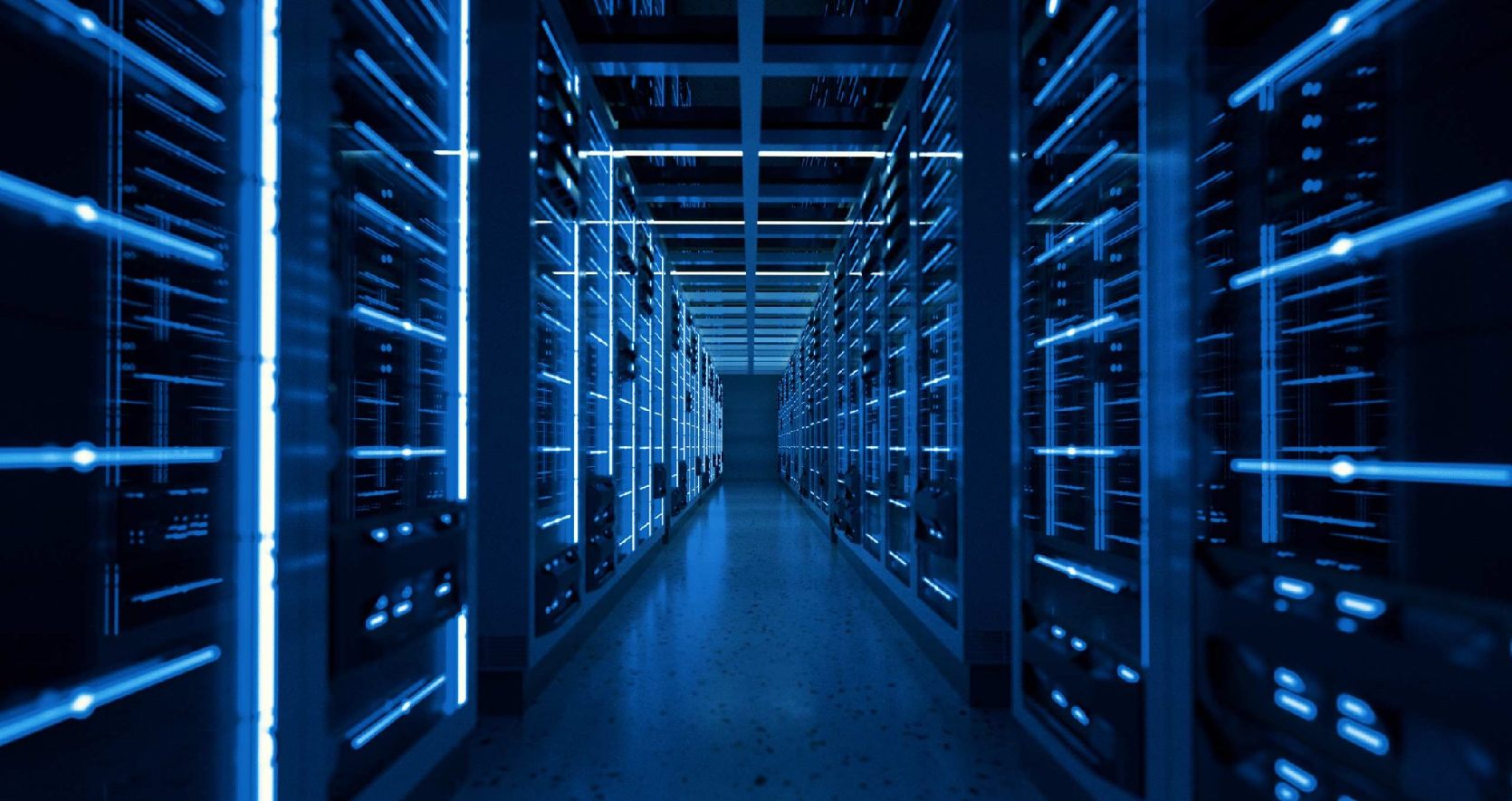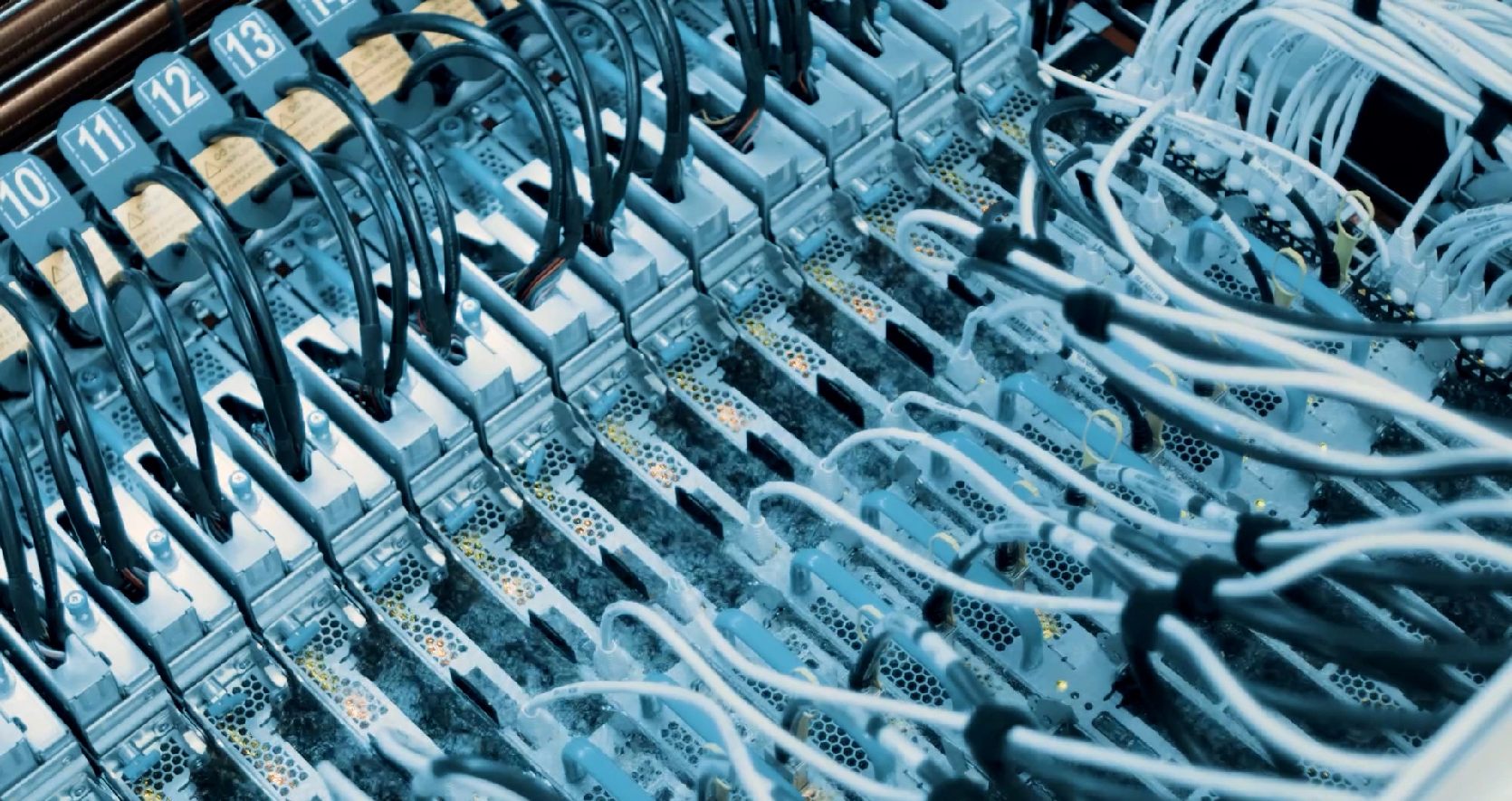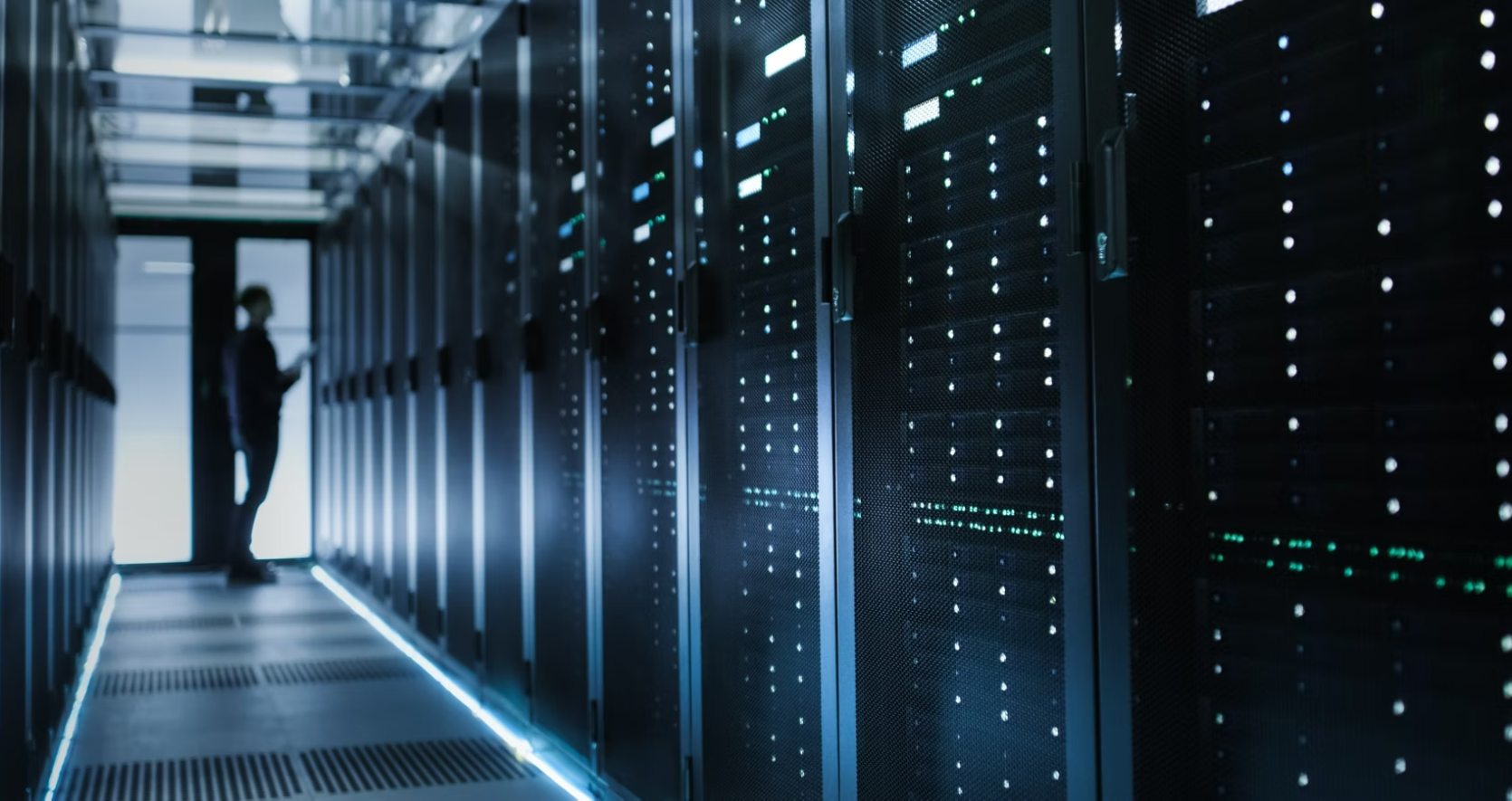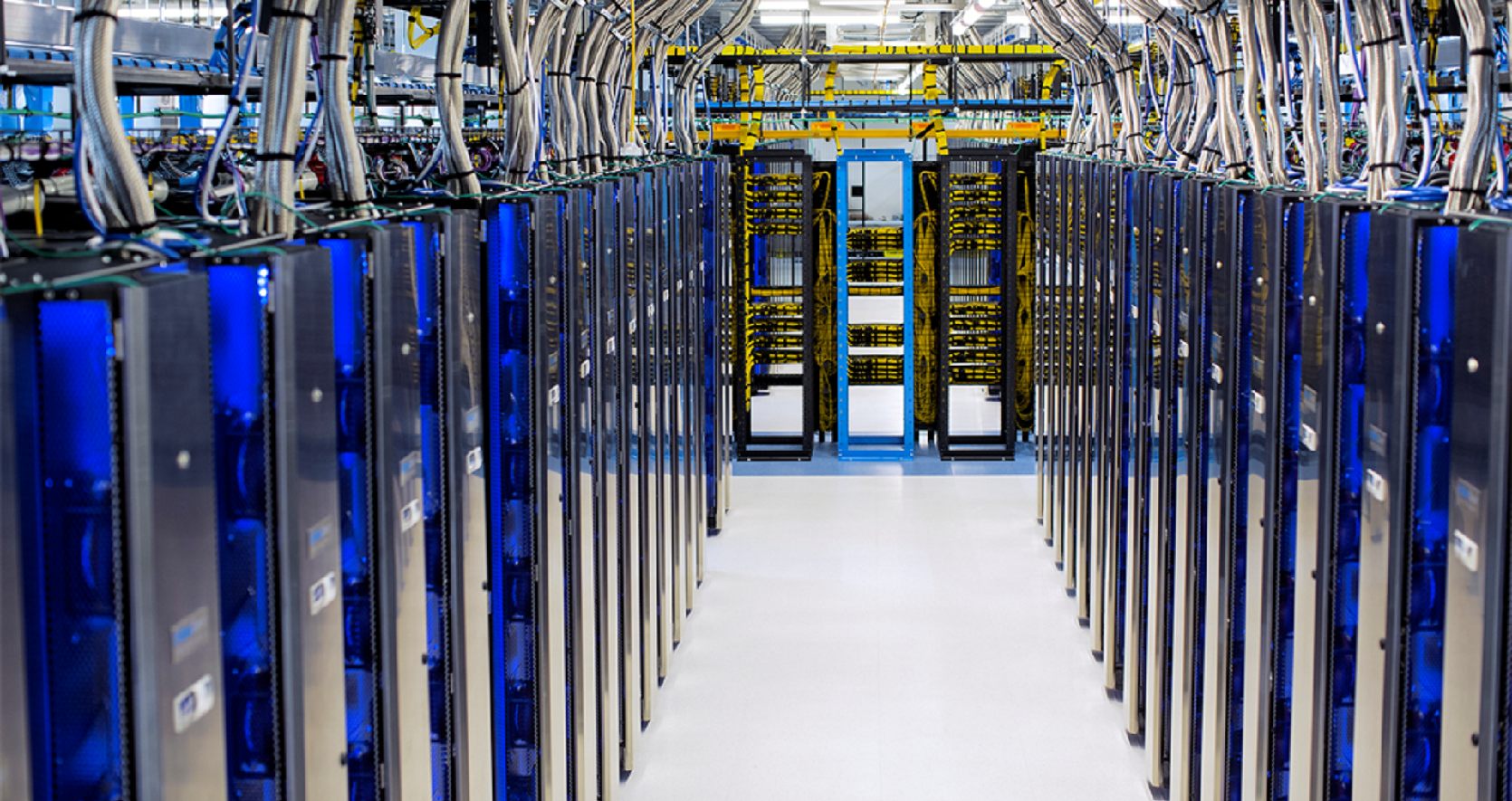
What Happens if a Data Center Overheats?
Data centers are an important part of our lives. We rely on them to store and process the data that is essential for our businesses and personal lives, like emails, e-commerce transactions, and more. One of the most potentially devastating risks these facilities face is their hardware and other equipment overheating. Every once in a while, this possibility becomes a reality for an unfortunate data center, and it’s important to know what this means for them. What happens if a data center overheats?
Overheating in data centers exposes vital hardware and relevant equipment to temperatures they are not designed to withstand. This could cause component damage, server malfunctions, and even system failures, which is why preventative measures and cooling methods are crucial in these facilities.
In this article, we will discuss the consequences of a data center overheating in more detail as well as potential causes for this issue. As you read, you will also learn what solutions data centers implement to remedy and/or prevent their hardware and equipment from overheating.
Effects of Overheating in Data Centers
Sometimes, the best way to ensure individuals who manage and run a data center implement all the safety and preventative measures necessary regarding overheating is by detailing the gravity of its effects should this happen in their facility.
Simply put, overheating can be devastating in a data center, resulting in:
- The inability of relevant parties to access associated services (ex. social media, Cloud data, computational loss, etc.)
- Component damage that requires repairs or replacement
- E-waste and sustainability issues
- Complete system failures or meltdowns that render the hardware vulnerable
- Ignition of graphics cards and other parts
- Loss of data
- Loss in uptime and productivity
- Reduction in consumer trust
If a data center is lucky, its overheated hardware will simply shut down to protect itself and then reboot once temperatures have reached a safe level again. However, even the briefest outage will be a significant inconvenience for anyone who utilizes services supported by your data center’s hardware.
This could have profound consequences regarding a data center’s public relations, which demonstrates how the effects of overheating aren’t just limited to the facility’s equipment, but its reputation and reliability.
It’s also important that in the worst-case scenario, a data center’s hardware overheating could cause its components to ignite, which poses a serious safety risk to employees and anyone else in the facility. So, it is in the best interest of everyone to do whatever it takes to prevent this from occurring in the first place.
What Causes Overheating in Data Centers?
The first step in preventing data centers from overheating (apart from understanding the effects of this issue) is ultimately what causes it.
While this will differ between data centers, the most common causes of hardware overheating include:
- Presence of data center hotspots/high ambient temperatures
- Hardware is installed too closely together for sufficient cooling
- Hardware is stored in a room measuring higher than the recommended temperature
- High power consumption increases heat generation beyond levels that implemented cooling systems can manage
- Poorly maintained cooling systems
- Lack of temperature monitoring systems
You’ll often find that any data center experiencing a case of overheating fulfills the criteria of more than one bullet listed above. Without the proper cooling methods paired with preventative measures like regular maintenance and temperature monitoring systems, any data center is susceptible to an overheating incident.
Data Center Solutions for Overheating
There are a few data center solutions for overheating that can help mitigate the risk of equipment damage, data loss, and performance issues.
As we mentioned previously, the predominant solutions are the use of an effective cooling system, regular maintenance, and implementation of temperature monitoring systems.
In addition to these, it is wise for data centers to ensure their hardware is installed the proper distance from one another according to its cooling method’s capabilities and kept in a room that does not exceed 82 degrees Fahrenheit (the ideal temperature for most data centers is anywhere between 68 to 71 degrees Fahrenheit).
These measures will help reduce the workload of your cooling systems, ensuring that they keep your data center hardware cool and do not wear out prematurely.
That being said, let’s discuss the other solutions in more detail so you know what systems are most efficient to use in a data center and what your data center might be missing that increases its risk of overheating.
Effective Cooling System
Preventing data centers from overheating really comes down to the cooling method the facility has in place.
Most data centers will use one of two methods: air cooling through powerful air conditioners or water cooling through a water coil system. While these are viable options, they are no longer the most efficient way to cool a data center.
If you want to reduce the risk of overheating in your data center as much as possible, the best cooling method you’ll want to utilize is 2-phase immersion cooling. This process keeps data center hardware cool by immersing it in a dielectric (non-conductive) fluid that is carefully engineered to have a boiling point below the temperature of heat emitted by these components.
Once the dielectric fluid reaches its boiling point, it rejects heat by turning it into a vapor gas that then comes into contact with a specially designed vapor-to-liquid heat exchanger located on the top of the tank. The inclusion of this exchanger eliminates the need for a secondary heat exchanger and pumping system.
The result is the most energy-efficient cooling method currently in existence for data centers that has a heat rejection capacity twenty times that of the standard air-conditioning system found in countless facilities.
Regular Maintenance
As with any system, regular maintenance is key to keeping a data center’s cooling system running at peak efficiency.
Data center managers, or professional hired by the company, should regularly inspect and clean all cooling system components, regardless of the method they have in place. While some require less maintenance than others, they should not be left unchecked for extended periods.
By keeping the system clean and well-maintained, data center managers can avoid many of the issues that can lead to an overheated data center.
Additionally, data center hardware should also be regularly maintained, both digitally (ex. software updates) as well as physically (ex. cleaning and repairing fans or other components).
Temperature Monitoring Systems
Most modern cooling systems found in data centers, especially two-phase immersion cooling technology, are exceptional at maintaining a safe temperature for its hardware. That being said, it isn’t safe or wise to assume the system is operating as it should at all times. This is why it is essential to have temperature monitoring systems implemented throughout the facility.
There are various types of temperature monitoring systems available on the market, but they typically utilize sensors to constantly check the air temperature and humidity levels in the data center. If these readings surpass a certain threshold, an alert is sent to data center staff so they can take action.
It’s understandably tempting to just use the high-performance automatic temperature monitoring systems, but while these systems have numerous advantages, they should be supplemented with manual temperature monitoring systems as well. These are useful when a backup system is necessary and as a form of validation that the automatic system is operating properly.
Final Thoughts
The transference of heat away from processors remains one of the most critical challenges of modern computing technology. Various approaches have been employed to push against this “heat limit” as it persists as a principal barrier to better and faster processing technologies that are otherwise prepared to realize greater potential.
Overheating is a significant concern in data centers due to the devastation it can cause the facility’s hardware, reputation, and more. Thankfully, as long as a data center implements the preventative measures discussed here, they should be at minimal risk of experiencing overheating. If you’re seeking professional help to ensure your data center is safe, either through advice or installation of effective cooling systems like 2-phase immersion cooling, reach out to TMGcore!
Pellentesque habitant morbi tristique senectus et netus et malesuada fames ac turpis egestas. Curabitur sed mi massa. Aenean ut rhoncus lacus. Mauris lorem neque, porttitor at vulputate in, euismod vulputate ligula.
Maecenas lacinia sem diam, at consectetur magna pretium nec. Curabitur semper orci sit amet viverra ultricies.
Pellentesque habitant morbi tristique senectus et netus et malesuada fames ac turpis egestas. Curabitur sed mi massa. Aenean ut rhoncus lacus. Mauris lorem neque, porttitor at vulputate in, euismod vulputate ligula. Curabitur at velit sagittis, vehicula erat vel, condimentum elit. Maecenas consequat urna ut neque blandit vestibulum. Duis lacus arcu, euismod in vulputate in, blandit quis dolor. Cras sit amet turpis sed ex iaculis volutpat. Donec posuere posuere tortor, eget consectetur eros suscipit sit amet.
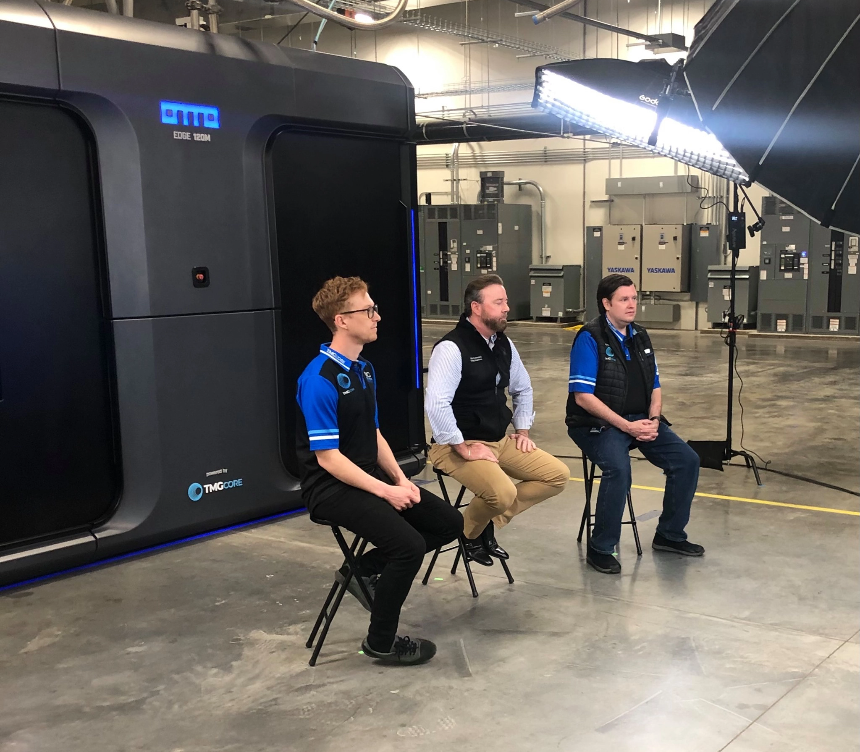
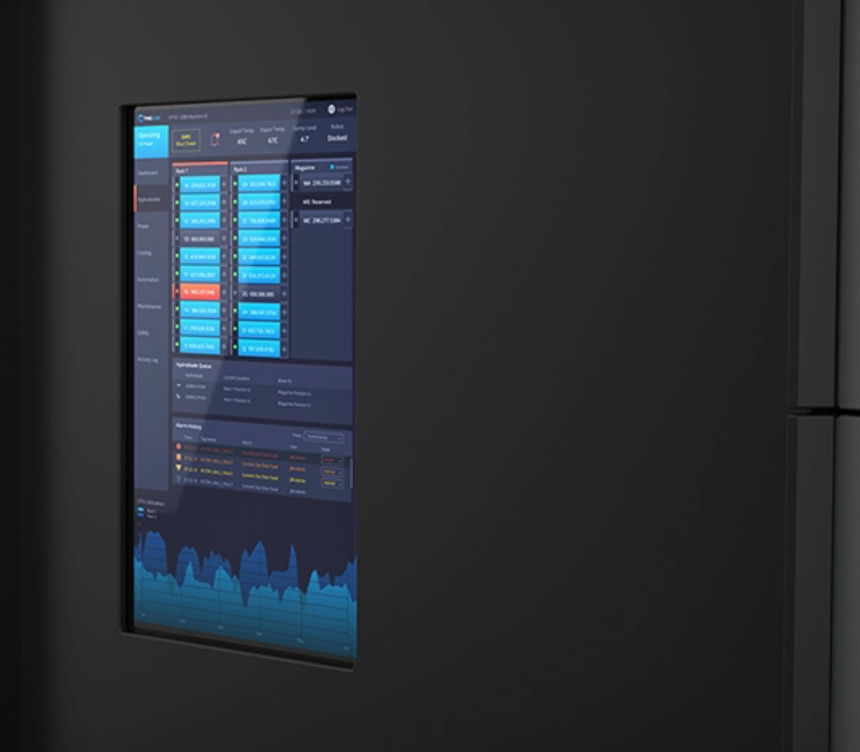
Sed a magna ac purus ornare porta. Maecenas ut facilisis risus, et volutpat felis. Nullam quis tempor purus. Praesent ornare posuere elementum. Mauris quis ex ante. Phasellus libero lorem, malesuada quis suscipit ac, aliquam sit amet arcu. Donec lacinia dui enim, vitae scelerisque nunc vestibulum vel. Fusce imperdiet elementum neque sed molestie. Donec ut feugiat orci. Etiam lacus nulla, blandit eget odio eget, consectetur finibus ligula. Sed quis orci consectetur, auctor leo vel, iaculis velit. Pellentesque vitae nisi lectus.
- Suspendisse consequat metus vitae magna lobortis tristique.
- Aliquam sit amet ante ut velit lacinia porta at nec nibh.
- Aliquam suscipit turpis vitae luctus posuere.
- Donec malesuada turpis maximus orci lacinia sagittis.
Related Blogs
